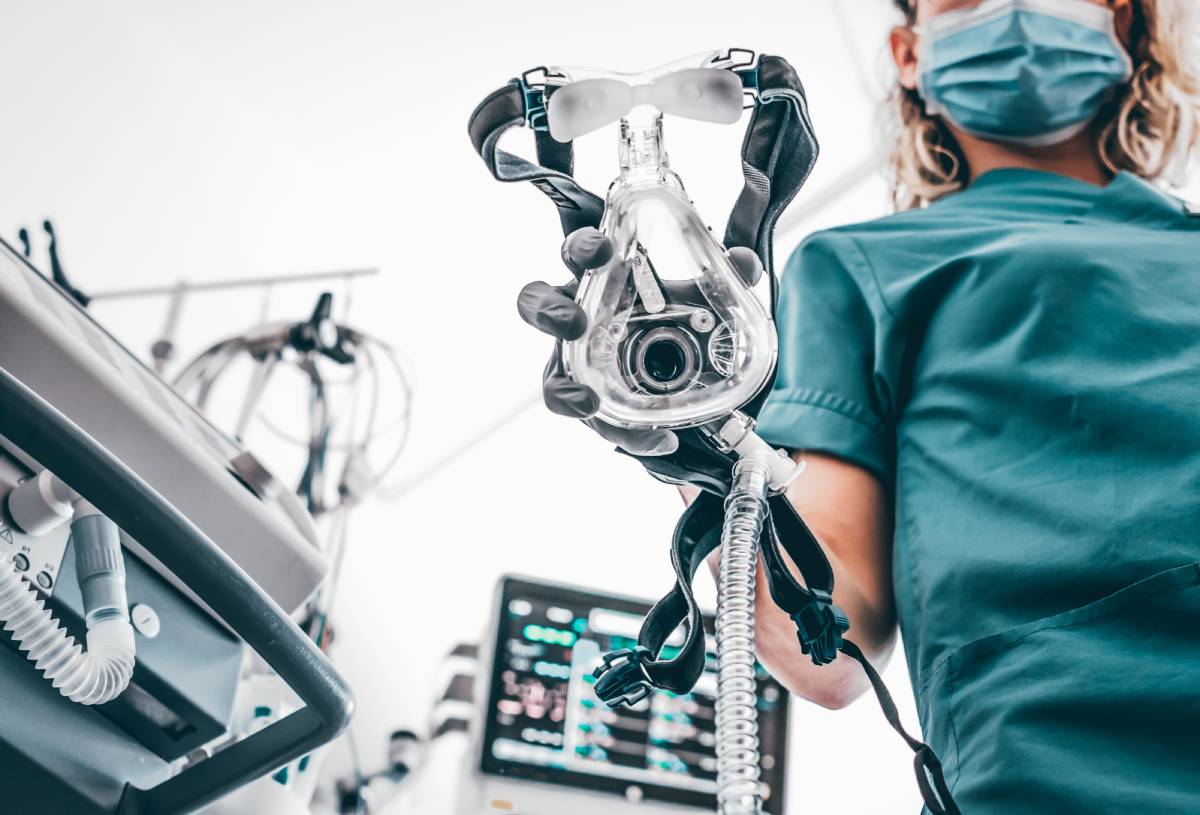Inhalational general anesthesia is a widely utilized method for inducing a state of unconsciousness during surgical procedures, ensuring patients feel no pain or discomfort. While it is safe and effective, inhalational general anesthesia, like any medical intervention, can have side effects.
- Postoperative Nausea and Vomiting (PONV):
Postoperative nausea and vomiting are among the most prevalent side effects following inhalational general anesthesia. It can occur as patients wake from anesthesia and may persist for several hours after the procedure. Fortunately, healthcare providers have strategies and medications to manage PONV effectively.
- Sore Throat and Hoarseness:
The insertion of a breathing tube, necessary for delivering inhalational anesthesia, can sometimes result in a sore throat or hoarseness. This discomfort typically resolves within a few days post-procedure.
- Confusion and Lightheadedness:
Some individuals may experience confusion or disorientation upon awakening from inhalational anesthesia. This side effect is more common in older adults and subsides as the anesthesia medications gradually clears from the system. Similarly, patients may temporarily feel dizzy or lightheaded as side effects of lingering inhalational general anesthesia.
- Shivering:
Shivering is another relatively common side effect associated with inhalational anesthesia. It can occur due to changes in temperature regulation during the anesthesia process. Typically, blankets and warming devices are employed to address shivering, and it tends to resolve as the patient fully regains consciousness.
- Dry Mouth and Throat:
Inhalational anesthesia can lead to dryness of the mouth and throat. This is often a result of reduced saliva production while under anesthesia. Staying hydrated and using throat lozenges can help alleviate this discomfort.
- Headache:
Some patients may experience a mild headache after receiving inhalational general anesthesia. This headache is typically related to factors such as dehydration or changes in blood flow and can be managed with over-the-counter pain relief medications.
- Pain and Soreness at the Injection Site:
If an intravenous (IV) line is used to administer anesthesia, patients may experience some pain, redness, or soreness at the injection site. These symptoms are usually minor and resolve within a short time.
- Allergic Reactions:
While exceedingly rare, allergic reactions to the gases used in inhalational anesthesia can occur. Symptoms may include skin rashes, itching, difficulty breathing, or swelling. Anesthesia providers are trained to promptly recognize and manage such reactions.
- Respiratory Complications:
In rare cases, inhalational anesthesia can lead to respiratory complications, such as bronchospasm or lung infections. These complications are more likely to occur in patients with pre-existing lung conditions or allergies.
- Cardiovascular Effects:
Inhalational anesthesia can influence blood pressure and heart rate, particularly during induction and emergence from anesthesia. Patients with underlying cardiovascular conditions may be at higher risk for fluctuations in blood pressure and heart rate.
Inhalational general anesthesia is an invaluable tool in modern medicine, ensuring patients undergo surgical procedures safely and comfortably. While side effects can occur, they are generally manageable and temporary, compared to the benefits of inhalational general anesthesia. Healthcare professionals are trained to monitor patients carefully during anesthesia and postoperative recovery, ensuring that any side effects are promptly recognized and addressed.
